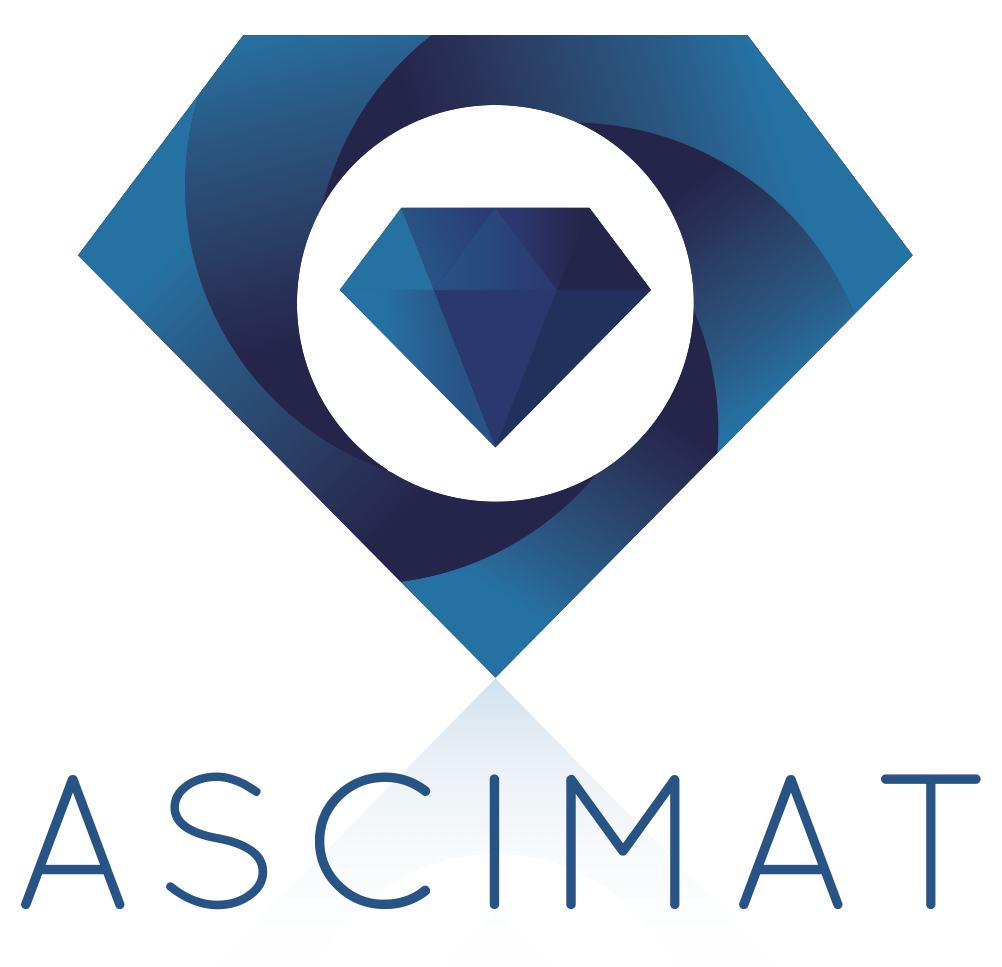ASCIMAT:School on Advanced Scintillator Materials
Program code
ASCIMAT
Program Duration
2 Days
Dates
12 - 13 september 2016
Credits
None
Tuition
50€
ASCIMAT School on Advanced Scintillator Materials

Description
Scintillators are materials able to transform the energy deposited by ionizing radiation into visible or UV light that can be efficiently detected by photomultipliers or semiconductor detectors. Tailoring materials to specific application needs is of critical importance; the strategies of band-gap and defect engineering have been successfully applied to several material systems to discover novel and better performing scintillators. For example, the need to achieve more precise timing information is of increasing importance for applications using time-of-flight techniques, in positron emission tomography (PET) or in high energy physics detectors. The ASCIMAT summer school is aimed at introducing PhD students and young researchers to the mechanism of scintillation, to material preparation techniques and to the development of novel material systems including bulk crystals, thin films, ceramics, and optical fibres. The summer school will be hosted in the campus of the University of Milano-Bicocca. The duration of the school will be of two full days. Presentations of students’ activities in a poster session coupled to mini-orals (short 5-minutes presentations introducing the results of the poster) are also planned. The course is supported by the project H2020-TWINN-2015 “ASCIMAT”. It follows the “Advanced School on Critical Raw Materials Substitution for Energetics and Photonics” (RAMSES) (September 5-10, 2016). More information on this event and registration can be performed from the dedicated page in this website.
Contents covered
The program will cover the latest scientific and technical progresses on scintillation materials including the following topics:
- Radioluminescence and scintillation mechanisms, energy transfer and storage, optically and thermally stimulated luminescence in solids;
- Physics and chemistry of luminescent materials for detectors and transformers of ionizing radiation, technology and growth techniques;
- Defects and their role in materials performance;
- Novel phenomena, scintillation processes in nanophosphors and nanocomposites;
- Application of scintillators in medical diagnostics, biological research, high energy physics, and environmental studies.
Scientific committee
- Etiennette Auffray (CERN, Switzerland)
- Hana Buresova (Nuvia, Czech Republic)
- Vaclav Cuba (Czech Technical University, Czech Republic)
- Christophe Dujardin (Univ. Claude Bernard Lyon 1, France)
- Jindrich Houzvicka (CRYTUR, Czech Republic)
- Miroslav Kucera (Charles Univ., Czech Republic)
- Federico Moretti (Un. of Milano-Bicocca)
- Martin Nikl (Ac. of Sciences, Czech Republic)
- Anna Vedda (Univ. of Milano-Bicocca)
Program Coordinator
Anna Vedda
Location
University of Milano-Bicocca
Application Deadline
July 31, 2016
Prerequisites
None
Requested documents
CV, ID card / passport
Target Audience
PhD students and young researchers